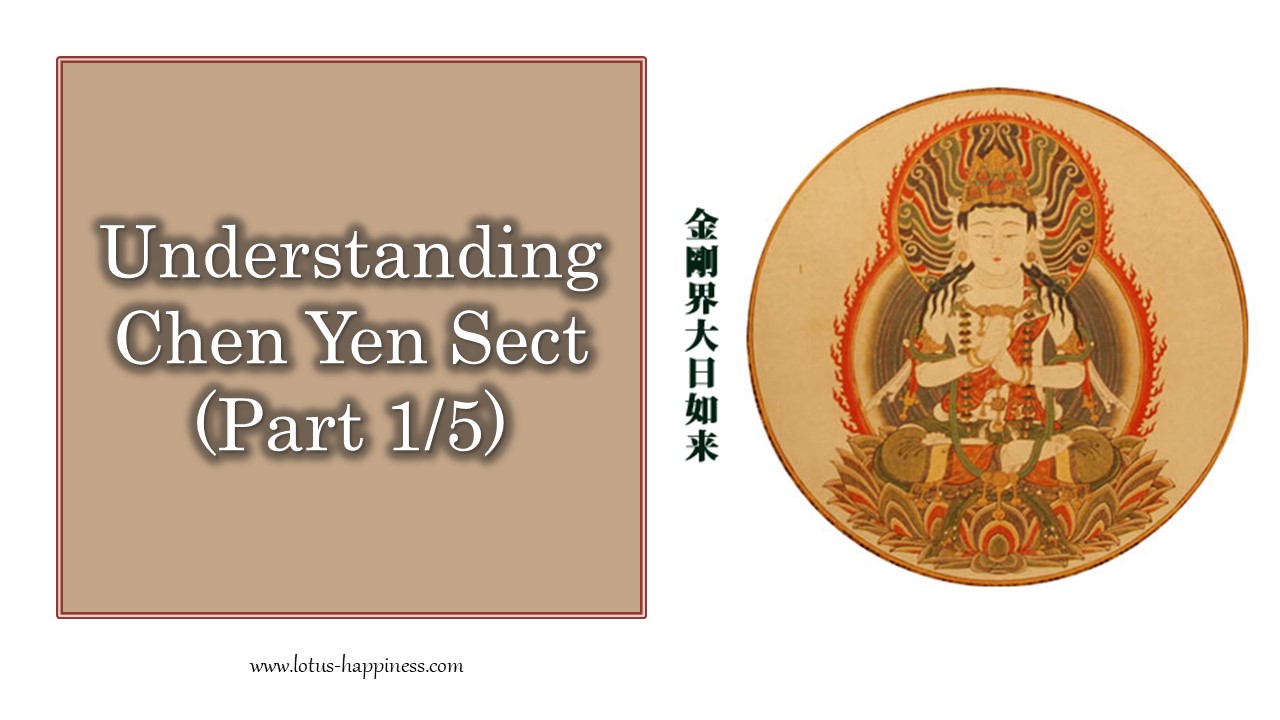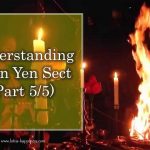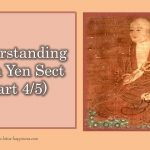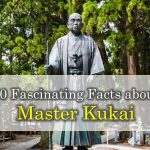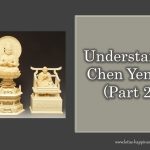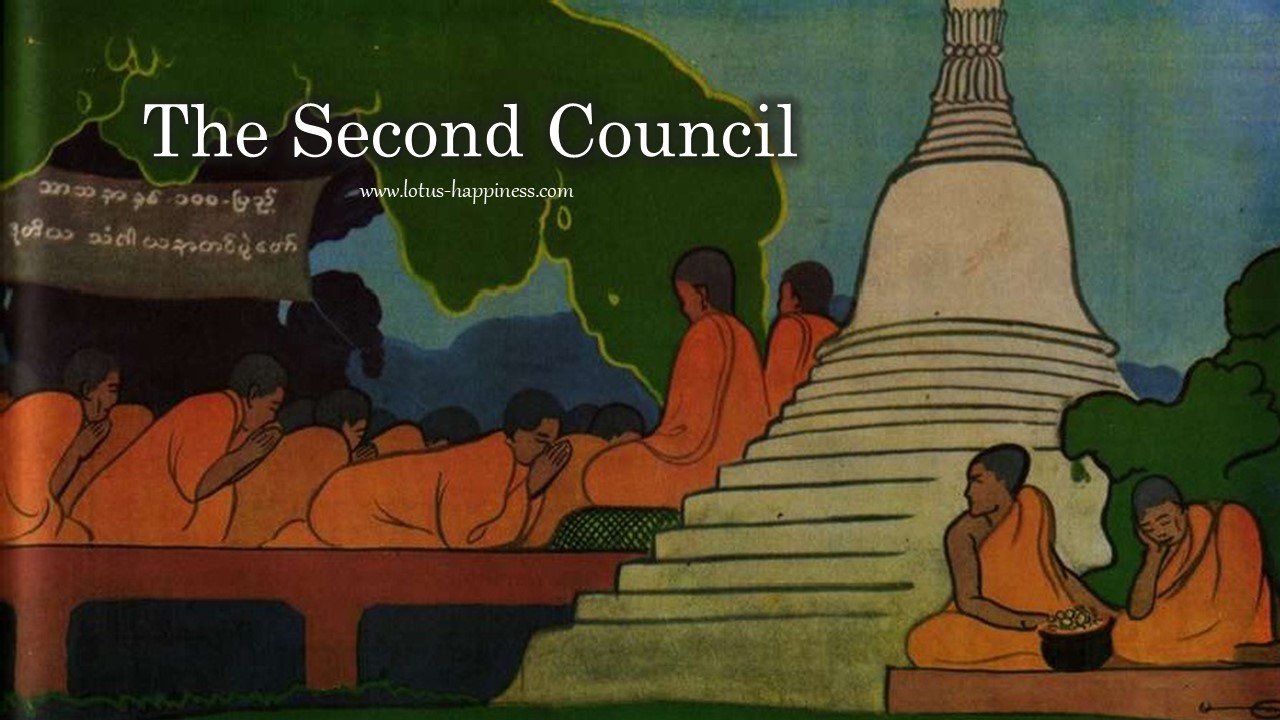Understanding Chen Yen Sect (Part 1/5)
Names
‘Chen-yen’ [真言] is the pronunciation of two Chinese words [真] and [言], which means ‘true’ and ‘word’ respectively. Literally, Chen-yen means ‘words of truth’. It means it is the true words of the Buddha. This school is considered as the third and final interpretation of the teachings of the Buddha.
Chen-yen sect is regarded as Tantrayana [密乘] or Tantrism or Tantric Buddhism. Tantra is a Sanskrit word, which means transmitting teachings in esoteric way. It is a collective noun of manuals or handbooks that describe the techniques for attaining enlightenment. The monk who is proficient in using the manuals is called ‘Guru’ [上師]. Tantra is a complicated system of beliefs and practices, which is supposed to be understood by the Gurus. It consists of Mantras (magic spells or sound), Mandalas (occult diagrams) and Mudras (symbolic hand gestures).
The literal meaning of Chen-yen is Mantra, which means the mystical syllables or formulae like spells, but it is the true ‘words’ from the Buddha. As it plays a dominant role in this sect, it is also called Mantrayana or Mantrism.
This sect is also classified as Vajrayana [金剛乘]. ‘Vajra’ is a Sanskrit word, which means ‘diamond’, and ‘yana’ means ‘vehicle’. The Vajra is a core symbol of Tantra. It was respected as the power-laden scepter of Indra, ruler of the Vedric gods. As Vajra is a dominant symbol of this sect, it is also called Diamond Vehicle. Vajra also refers to ‘thunderbolt’, which symbolizes the ‘Ultimate Truth’ and the ?nlightened Mind? It represents the non-destructive nature of the perfection of wisdom and compassion. It suggests the power of the enlightened mind, which can destroy all spiritual obstacles. Thus, Vajra represents the final inspiration of Tantric Buddhism.
In China, this sect is called ‘Mi-tsung’ [密宗] . ‘Mi’ [密] and ‘tsung’ [宗] are the pronunciation of two Chinese words, which means ‘secret’ and ‘sect’ respectively.
It is generally called Esoteric Buddhism. As different from other sects in Buddhism, the transmission of the Way is performed in an esoteric manner.
Tibetan Buddhism was developed when Tantric Buddhism was introduced to Tibet by an Indian monk Padmasambhava in 7th century. As Tantrism is a dominant religion in Tibet, it is sometimes called Tibetan Buddhism, which may be blended with Tibetan culture. For instance, a Guru is called a Lama, but a Lama in Tibet needs not to be a monk. Lama can be a person who is proficient in Tantras. Tibetan Buddhism is sometimes called Lamaism.
In Japan, it is called Shingon School.
Historical Development
By about 4th century, Mantras, Mudras, Mandalas and the depicting deities were all found within some Mahayana Buddhism. These gradually became systematized into what was to be Vajrayana, another particular vehicle apart from Hinayana and Mahayana arising in India in 5th century. Vajrayana had a great influence upon Tibet when it was transmitted to Tibet in about 700 AD. Tibetan Buddhism will be discussed separately later.
Some Buddhist followers would like to elevate their spirit to the ultimate reality by means of esoteric practices, such as upholding Mantras, instead of comprehending the concept of emptiness, or the Absolute, etc. This form of Buddhism is generally known as Tantric Buddhism.
Traditionally, it was said that Vairocana Buddha or the Great Sun Tathagata transmitted the secret wisdom to Vajravatta, who locked up the secret in an iron tower. Around 700 years later, Nagarjuna opened it and continue to transmit the secret wisdom by the usual line of patriarchs.
Tantric Buddhism was later transmitted to China in 7th century.
The Three Great Patriarchs
Subhakarasimha
The first patriarch, Subhakarasimha, [善無畏] (637-735 AD), was the King of Orissa, however, he practiced Buddhism under Dharmagupta in Nalanda. He was well versed in Yoga meditation, Dharani (mystical verses) and Mudra (finger intertwining). He started to preach in Kashmir and Tibet, and at last came to Chang-an in 716 AD, where he was well received by the Emperor Hsuan-tsung in Tang Dynasty. He worked with I-ching [義淨] in the selection of many important texts of esoteric doctrines, and they translated the Mahavairocana Sutra (The Great Sun Sutra) and other texts by 725 AD.
I-ching, one of the most remarkable figures in Chinese Buddhism, studied Ch?n under Pu-chi, monastic disciplines and the teachings of Tien-tai sect. He was also famous in astronomy and mathematics. He began his study in Tantric Buddhism with Vajrabodhi, who initiated him in 720. He joined Subhakarasimha? translation work in Loyang later.
Vajrabodhi
The second arrival was Vajrabodhi [金剛智], who was also a novice at Nalanda. At the age of 15, he went to West India and studied logic for four years under Dharmakirti, but returned to Nalanda to receive his full ordination at 20. For 9 years, he studied and practiced Vinaya and Madhyamika, and later the Yogacara by Asanga, the Vijnaptimatra (Mere Consciousness) by Vasubandha and Madhyanta-vibhanga by Sthiramati. For the next 7 years, he studied the Vajra-sekhara (i.e. Diamond Head) and other mystical texts under Nagabodhi in South India. Finally, he sailed to China and reached Loyang in 720. He translated several important mystical texts, such as Vajra-sekhara. He died in 741.
Amoghavajra
Amoghavajra [不空金剛] was the distinguished pupil of Vajrabodhi in North India. He followed Vajrabodhi to China, and received ordination at the age of 20. In 12 years, he mastered all the mystical doctrines and practices. When Vajrabodhi died, he went to Ceylon and studied Vajra-sekhara-yoga and Maha-vairocana-garbhakosa under Samantabhadra. He returned to Chang-an in 746. Amoghavajra was an instructor of three successive emperors in Tang Dynasty. He translated 110 different texts. He died in 774.
Of Amoghavajra’s many outstanding disciples, it was one of the youngest, Hui-kuo (746-805), who had great influence on later Tantric history. He sought to unify the two lineages of Tantric Buddhism, one from Vajtasekhara line from Amoghavajra and the other from Hsuan-chao line from Subhakarasimha. Moreover, Hui-kuo also spread the Tantric Buddhism outside China to Japan. Kukai, the disciple of Hui-kuo, who was a Japanese monk, was the founder of Shingon sect of Esoteric Buddhism.
In the 10th century, Tantrism prevailed throughout Buddhism in China.
Principal Texts
The major Sutras in this sect are as follows:
- The Mahavairocana Sutra, or The Great Sun Sutra, or The Great Brillance Sutra [大日經] is the principal text of this sect. The Sutra was carried to China in 716 AD by Subhakarasimha, who also translated it in 9 years. The first chapter sets forth the philosophy that enlightenment is basically the understanding of one’s mind as it really is. It also describes different levels of awakening. The following chapters present the Mandala and the Tantric practices that lead the individual to the realization of the innate, enlightened mind.
- The Vajravada Sutra [金剛頂經]
- The Susiddhikara Sutra / Guhyasamaja Sutra [蘇悉地經]
- The Sarva-tathagata Tattvasamgraha Sutra [瑜祇經]
Other major Shastras for reference are included, such as the Shastra on Bodhicitta [菩提心論].

